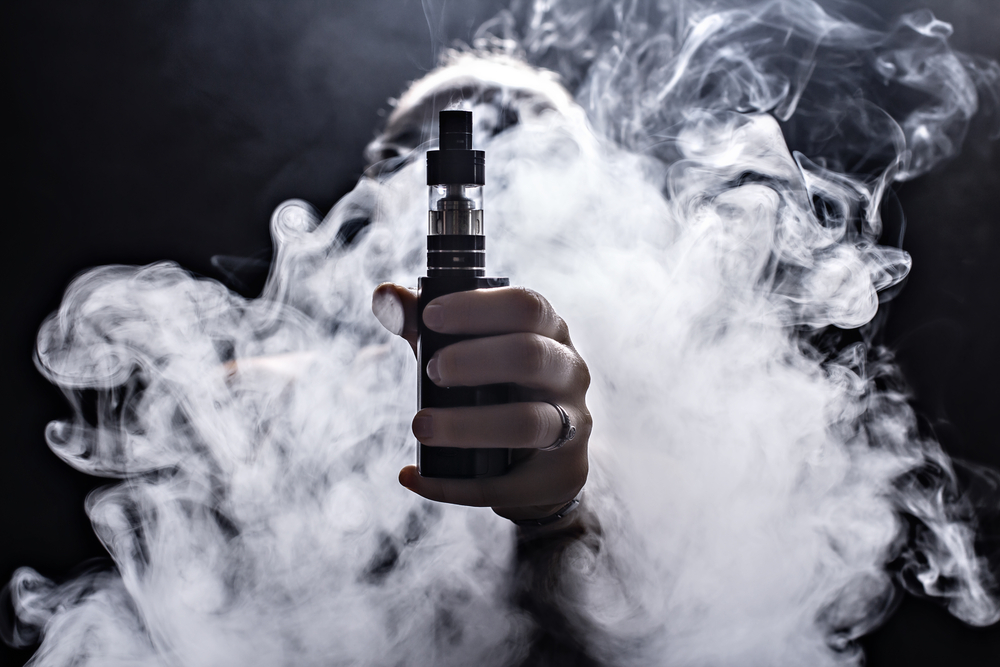
5 frequently asked questions on vaping
As cigarette smoking is increasingly being linked to lung cancer, not to mention a whole host of other health complications, a new form of using e-cigarettes also known as vaping is gaining popularity.
What is vaping?
Vaping is essentially the inhalation of the vapors produced by an electric vaporizer or an e-cigarette. The vapors are produced from certain concentrates, herbs, or e-liquids.
How is vaping done?
Vaping requires the use of a vaporizer which is an electrical device that consists of a main console, an atomizer unit, also known as a cartomizer, cartridges, and a battery. The electrical impulse from the battery heats up the liquid placed in the atomizer and converts it to fine vapor which can then be inhaled.
What are e-liquids?
E-liquids are usually made with a propylene glycol base and vegetable glycerine base and are used in e-cigarettes. They may or may not contain nicotine in them. In general, e-liquids may also be given specific flavors so that the vapors produced when heated in a vaporiser are more pleasant smelling than usual cigarette smoke.
How is vaping different from actually smoking cigarettes?
Generally speaking, vaping is considered an alternative to smoking that is relatively less harmless than smoking cigarettes. However, the chances of vaping turning into addiction or leading the user into cigarette smoking are also high, if not carefully monitored.
When compared to the toxic side-effects of tobacco, vaping has potentially lower health risks. Many de-addiction experts may also recommend vaping as a strategy to gradually wean a person from smoking tobacco.
Furthermore, according to some studies, the volume of volatile chemicals exhaled when vaping is less than what is exhaled when smoking tobacco, or for that matter, even breathing in a highly polluted city.
However, similar to the effects of smoking cigarettes, vaping may also have immunity-suppressing side effects.
What are the different types of vaping?
In conduction vaping, the e-liquid is heated through direct contact via the heating plate.
In convection vaping, the vaping liquid is heated indirectly through hot air that is blown over the surface of the liquid.
Sub ohm vaping uses a coil with less than 1 ohm resistance. Sub ohm vaping is believed to generate a larger and stronger current which in turn can intensify the flavor of the vaporized substance and also enhance the overall vaping experience. However, sub ohm vaping is not recommended for those who are trying vaping for the first time.
In any case, if one is not already a smoker, vaping is not recommended as a practice to be developed as it needs to be done with great caution. Moreover, vaping has its own set of cons and can be as harmful as regular smoking and can have some long-term effects on your health and body. Therefore, vaping is not to be tried by anyone who is doing it for the first time, as if not done properly, it can pose as a danger.




